
 Products Center
Products Center
 Stone Crusher
Stone Crusher
 Grinding Mill
Grinding Mill
 Optional Equipment
Optional Equipment
 Mobile Crusher
Mobile Crusher
 Knowledge Hall
Knowledge Hall
 Crushers FAQ
Crushers FAQ
 Grinding Mills FAQ
Grinding Mills FAQ
 Mining Equipments
Mining Equipments
 Solution
Solution
 Stone Crushing
Stone Crushing
 Sand Making
Sand Making
 Ore Processing
Ore Processing
 Grinding Plant
Grinding Plant
 Construction Building Material
Construction Building Material
metallic rocks and minerals

Identifying Rocks and Minerals - University of …
Minerals. Before you identify rocks, you have to be able to identify the minerals that make them up. Here's a strategy to follow. These are guidelines designed to get ...

Geology - rocks and minerals - University of …
Graphite is a soft, crystalline polymorph of carbon, and while it shares the same chemistry as diamond the two have very different physical properties (see diamond ...

Difference between Metallic Minerals and Non - …
Metallic mineral re those minerals which can be melted to obtain new products whereas Non-metallic minerals are those which do not yield new products on melting.

What are some examples of metallic and non …
Metallic minerals would include copper, gold, silver. Non-metallic minerals would include quartz, feldspar, mica, and calcite.
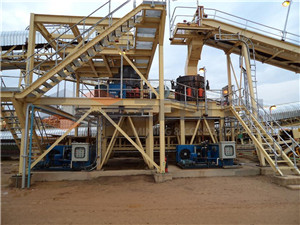
Rocks and Minerals - Science Olympiad Student …
Rocks and Minerals is an identification event in which teams will use their knowledge of rocks and minerals to identify pictures and complete a written test.
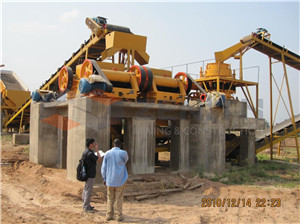
Minerals - Comprehensive guide to Rocks and …
Interactive guide to hundreds of rocks and minerals.

Geology - rocks and minerals - University of …
Rock-forming minerals Definition. Minerals are the building blocks of rocks. Geologists define a mineral as: A naturally occurring, inorganic, solid ...

Maine Rocks and Minerals - Chebeague Island
The rocks and minerals described in this booklet can be found in Maine. Some are very plentiful while others are hard to find. Chebeague Island's K-3 ...

Rocks, Minerals and Crystals for Earth Science Fun
Information, activities, and lesson plans on rocks, minerals, and crystals designed for students and teachers.

Rocks , Minerals , and Erosion
Do not duplicate without permission from Orange County Department of Education Rocks, Minerals, and Erosion

Rocks and minerals - SlideShare
2013-7-6 · Geology. Rocks and minerals classification. Useful guidelines and informations.

field guide to rocks, minerals and fossils
a moderated forum on hunting, collecting, cleaning, storing and learning about rocks, minerals, fluorescent minerals, agates, geodes, micromounts, petrified wood ...

What are examples of metallic and non metallic …
Probably the most famous metallic mineral is Pyrite, or Fool's Gold. Hematite, which is often used in jewelry, and Graphite, which is often used in pencil lead, are ...

Rocks and Minerals - Qld Science Teachers
Sedimentary Rocks. Sedimentary rocks are rocks formed by the deposition, compaction and cementing of small particles (such as silt, sand and pebbles).

Minerals and rocks | Buy minerals - blogspot
Minerals and rocks Identifying rocks and minerals is not an easy job..To be able to identify rocks and minerals you must first know the basics.

GeoKansas--Rocks and Minerals--Galena - …
Geologic Regions. General geology, rocks and minerals, and places to visit in the state's physiographic regions (including PDF factsheets for downloading)
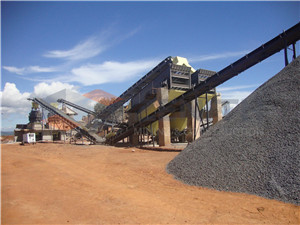
10 Most Deadly Rocks and Minerals - Listverse
Asbestos is not a manmade product, but one of most terrifying minerals on the planet. Where other minerals act as toxins through their chemistry and sicken victims of ...

Metallic Mineral descriptions - Arkansas
In the bauxite refining process, the aluminum-bearing minerals in bauxite are converted in a multiple-step process to alumina (Al2O3). Alumina can be smelted to form ...

Difference between Metallic Minerals and …
Difference between Metallic Minerals and Nonmetallic Minerals are: (b) Metallic Minerals (i) They are hard, resistant, malleable, ductile and good conductors of ...

Rocks & Minerals F-N
Feldspar Feldspar refers to a group of minerals containing aluminum and silica. They all show good cleavage in two directions at about 90 degrees.

ISGS - Guide to Rocks and Minerals of Illinois
Guide to Rocks and Minerals of Illinois Descriptions of Illinois Minerals. The most common Illinois rocks and minerals are described in this publication, but many ...

Rocks and Minerals Dictionary: A - …
Rocks and Minerals Dictionary: A. ... African emerald African emerald is a misnomer for green fluorspar that is mined in South Africa; it is not an emerald at all.

Rocks & Minerals - mrsciguy
All physical properties of minerals come from the “internal arrangement of atoms” Mineral Identification Tests. The Color Test- easiest test to do but not always ...
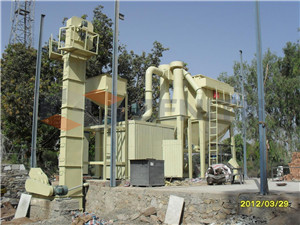
Minerals.net - The Mineral and Gemstone …
The Mineral and Gemstone Kingdom is a free informational and educational guide to rocks, minerals, gemstones, and jewelry. This site provides detailed information and ...

ISGS - Guide to Rocks and Minerals of Illinois
Guide Rocks and Minerals of Illinois published by the Illinois State Geological Survey. Created in 1905, the ISGS provides scientific information to government ...

Colloidal Silver, metallic minerals | The Uses and ...
Metallic minerals are minerals that can be melted to obtain new products. Examples of such materials include iron, copper and tin. These types of mineral are usually ...

Rocks and minerals - SlideShare
2013-7-6 · Geology. Rocks and minerals classification. Useful guidelines and informations.

field guide to rocks, minerals and fossils
a moderated forum on hunting, collecting, cleaning, storing and learning about rocks, minerals, fluorescent minerals, agates, geodes, micromounts, petrified wood ...
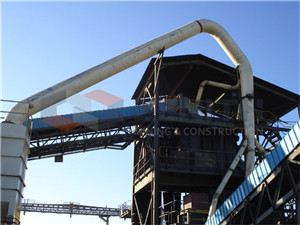
What are examples of metallic and non metallic …
Probably the most famous metallic mineral is Pyrite, or Fool's Gold. Hematite, which is often used in jewelry, and Graphite, which is often used in pencil lead, are ...

Rocks and Minerals - Qld Science Teachers
Sedimentary Rocks. Sedimentary rocks are rocks formed by the deposition, compaction and cementing of small particles (such as silt, sand and pebbles).

Minerals and rocks | Buy minerals - blogspot
Minerals and rocks Identifying rocks and minerals is not an easy job..To be able to identify rocks and minerals you must first know the basics.

GeoKansas--Rocks and Minerals--Galena - …
Geologic Regions. General geology, rocks and minerals, and places to visit in the state's physiographic regions (including PDF factsheets for downloading)

10 Most Deadly Rocks and Minerals - Listverse
Asbestos is not a manmade product, but one of most terrifying minerals on the planet. Where other minerals act as toxins through their chemistry and sicken victims of ...
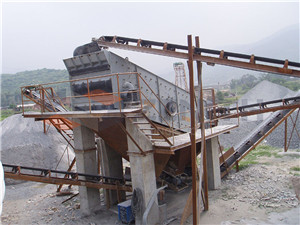
Metallic Mineral descriptions - Arkansas
In the bauxite refining process, the aluminum-bearing minerals in bauxite are converted in a multiple-step process to alumina (Al2O3). Alumina can be smelted to form ...
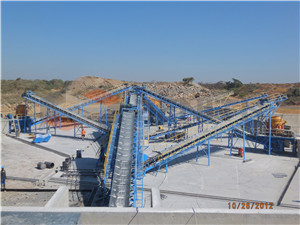
Difference between Metallic Minerals and …
Difference between Metallic Minerals and Nonmetallic Minerals are: (b) Metallic Minerals (i) They are hard, resistant, malleable, ductile and good conductors of ...
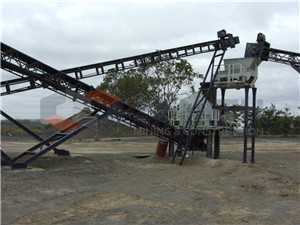
Rocks & Minerals F-N
Feldspar Feldspar refers to a group of minerals containing aluminum and silica. They all show good cleavage in two directions at about 90 degrees.
- Last Product: gold mining equitment
- Next Product: comunition in mineral proceesing